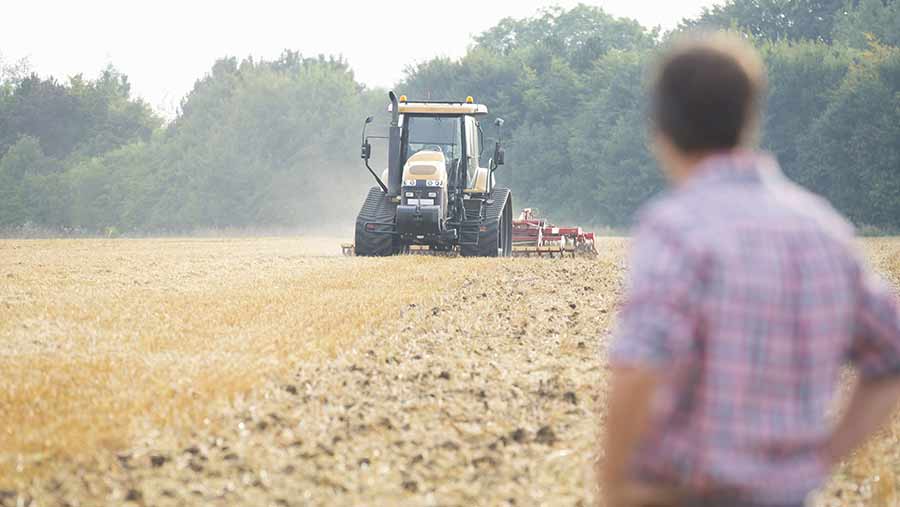EU farm income per worker forecast to rise 16% by 2025
 © Juice/Rex Shutterstock
© Juice/Rex Shutterstock EU farm income per worker is forecast to rise 16% in real terms between 2015-2025 but consolidation in the workforce means overall farm income is likely to fall.
This per-head increase was largely due to an expected loss of 2.6m full-time workers in the agricultural labour force by 2025 – a 26% drop, according to a European Commission report on agricultural prospects.
Despite rises in farmworker income, total agricultural income – based on the total value of production, subsidies minus taxes, the costs of intermediate inputs and the depreciation of farm capital – was expected to decline.
This was due to a forecast 15% increase in costs against only a 10% rise in the total value of production.
Income per worker is expected to increase 39% in EU-N13 countries (new member states who joined the union since 2004) but just 2% among the older members.
The commission’s forecasts were based on assumptions that oil prices would remain low, with the euro appreciating to equal USD1.37 in 2025 (currently €1 = USD1.09), and economic growth remaining below 2% a year.
Energy and commodity prices were set to remain subdued, with growing world demand favouring the livestock and dairy sector, although weather variation, yields and market disruptions could not be foreseen.
Between 2000 and 2014 the real agricultural income in the EU-15 (those member states who joined the EU before 2004) rose 12% to €21,930 (£15,842) a head, but in the EU-N13 it more than doubled to €4,430 (£3,200), said the report.
This was driven by higher prices in the EU single market, greater public support for farming and large declines in the agricultural workforce.
By 2025, real agricultural income a worker in the EU-15 was expected to stabilise at the 2013-15 average, whereas in the EU-N13 it would keep rising strongly, it added.
“Consequently the gap will narrow further but remain substantial at €16,000 (£11,558) per worker, more than twice the expected EU-N13 per capita income.”
